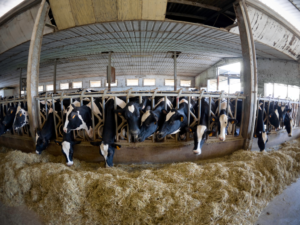
Farming and sustainable development
Livestock farming ensures the existence and food security of 1.3 billion people in developing countries. To meet a global increase in demand and adapt to changing production and marketing methods, livestock farming faces a major challenge: to increase production volumes while preserving natural resources, the many forms of agriculture and the farmers who depend on them.
